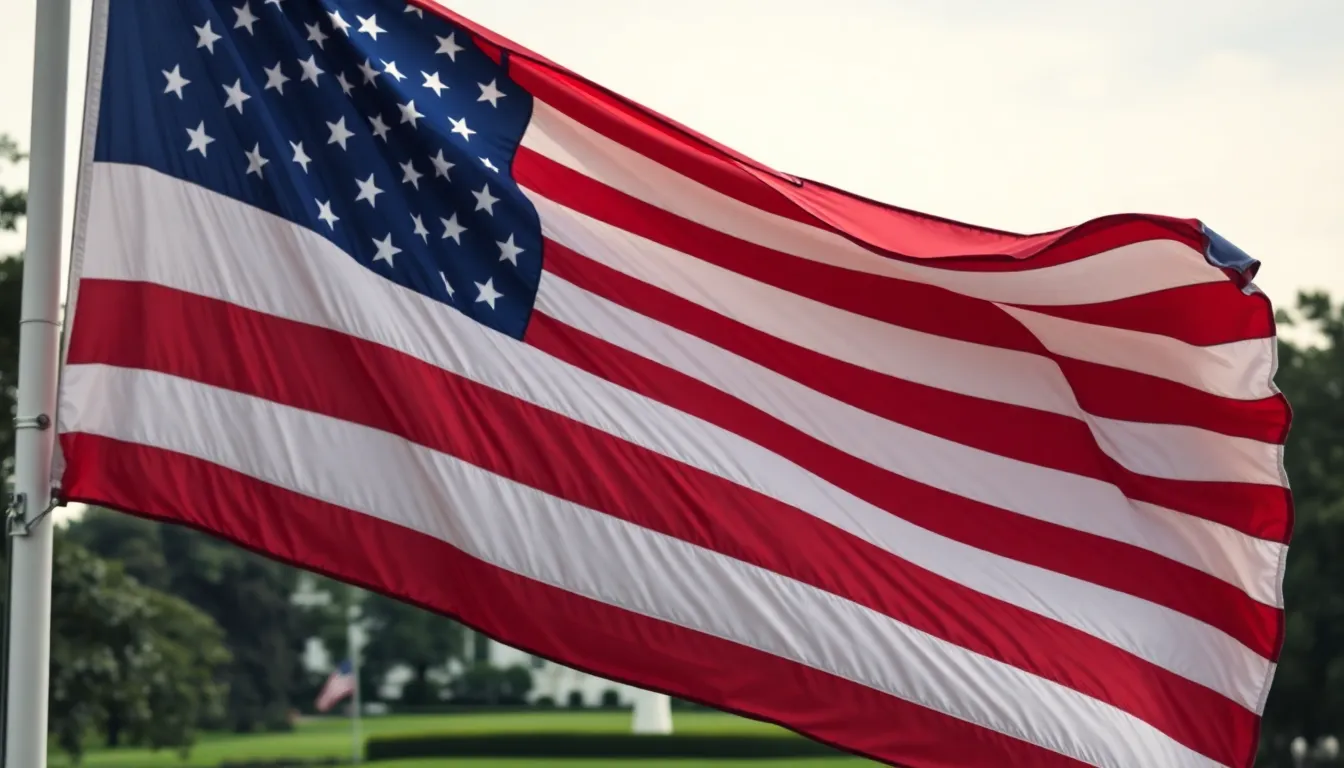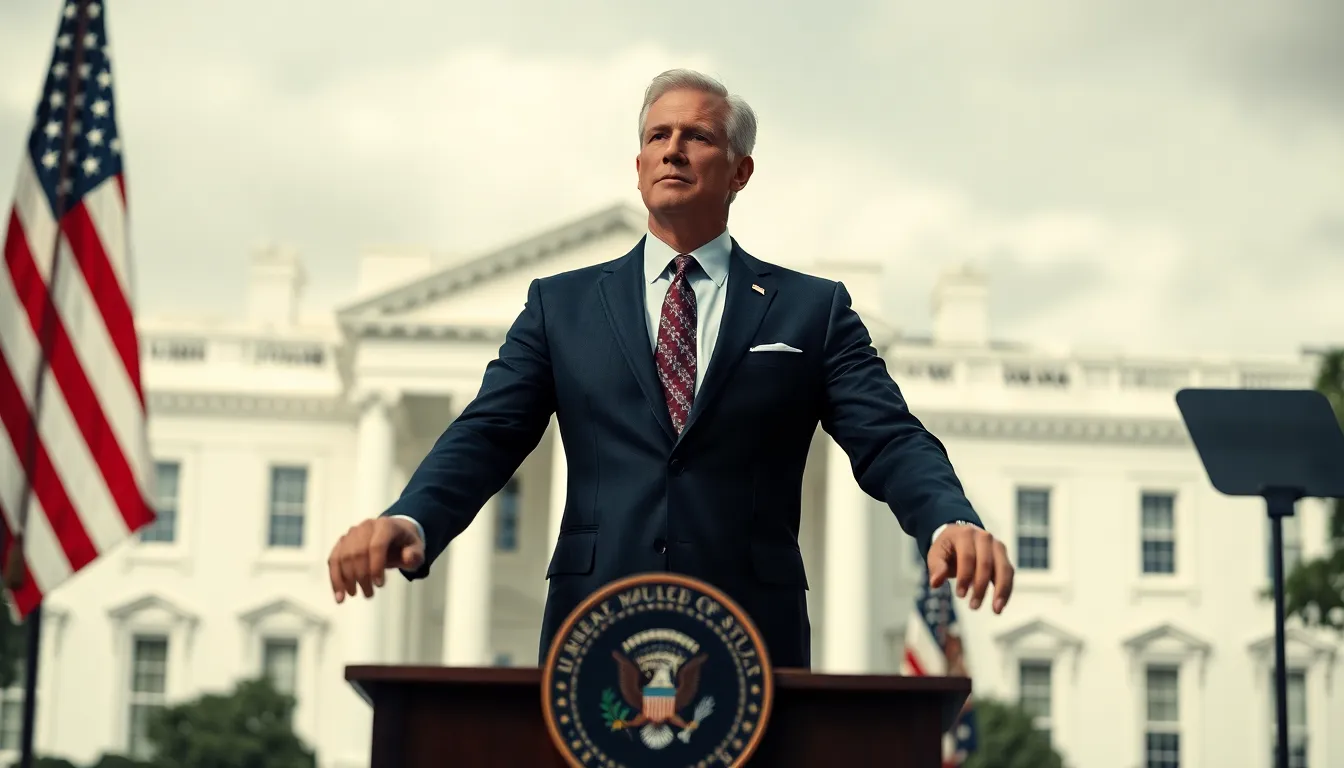When it comes to making waves in the political pool, few have done it quite like Donald Trump. His executive orders have been the talk of the town, sparking debates, headlines, and more than a few raised eyebrows. But what exactly are these orders, and why do they matter?
Table of Contents
ToggleOverview of Trump’s Executive Orders
Donald Trump’s executive orders shaped significant policy during his presidency. These directives aimed to address various national issues and often bypassed the legislative process. By the end of his term, he issued over 220 executive orders, focusing on immigration, healthcare, and deregulation.
Executive orders served as tools for Trump to implement agenda items quickly. For example, his travel ban targeted specific countries, a move that sparked legal challenges and public outcry. Another order sought to reduce regulations on industries, claiming that such actions would promote economic growth.
Policies affecting healthcare also emerged from his executive actions. One notable order aimed to expand access to short-term health plans, diverging from the Affordable Care Act’s regulations. This shift created a renewed debate on healthcare coverage in the United States.
Environmental policies changed significantly through executive action as well. Trump rolled back several Obama-era environmental regulations in a move to boost fossil fuel production and exploration. These changes often ignited discussions about environmental protection versus economic growth.
Through these orders, Trump demonstrated the power of executive authority in shaping policy. Each order represented a facet of his overall strategy, reflecting his administration’s priorities and vision for the country. Public reactions varied, with supporters praising his decisiveness while critics cautioned against the implications for democratic governance.
Key Executive Orders Issued


Donald Trump issued numerous executive orders that shaped both domestic and foreign policies during his presidency. These orders often sparked significant debate and reaction across the political spectrum.
Domestic Policies
Trump’s domestic executive orders primarily focused on immigration and healthcare. Notable directives included the travel ban targeting several predominantly Muslim countries, which faced extensive legal challenges. Orders aimed at healthcare policies expanded the availability of short-term health plans, which strayed from the Affordable Care Act’s requirements. Deregulation efforts also gained prominence, with multiple orders reducing restrictions on industries, aiming to stimulate economic growth. Environmental protections were rolled back to support fossil fuel production, demonstrating Trump’s commitment to prioritize business interests.
Foreign Policies
Trump’s executive orders notably addressed international issues, altering the United States’ place in global affairs. Withdrawal from the Paris Agreement exemplified a significant shift in climate policy, emphasizing a focus on economic interests. Orders aimed at renegotiating trade agreements, particularly with countries like Canada and Mexico, sought to protect American jobs and industries. A commitment to strengthening border security was reflected in directives that aimed at enhancing military presence along the U.S.-Mexico border. These actions underscored a more isolationist approach, reshaping the U.S. relationship with allies and adversaries alike.
Impact of Trump’s Executive Orders
Trump’s executive orders significantly impacted various sectors, shaping policies that resonated throughout his presidency.
Economic Implications
Economic growth marked a primary goal of Trump’s executive orders. Deregulation efforts aimed to reduce bureaucratic hurdles, focusing on industries such as energy and finance. For instance, rolling back regulations on fossil fuels stimulated production and created jobs. Furthermore, his orders, like the tax cuts associated with the Tax Cuts and Jobs Act, aimed to enhance corporate investment. These measures sought to elevate the U.S. economy and improve job opportunities, though they also sparked debates about long-term sustainability and tax equity.
Social and Environmental Impact
Significant changes occurred in social policies under Trump’s executive orders. The expansion of short-term health plans disrupted access to comprehensive healthcare, complicating coverage for many Americans. Immigration policies, particularly the travel ban, faced intense public scrutiny, highlighting the social divide on immigration issues. Environmental regulations experienced major rollbacks, which aimed to boost economic activities but raised concerns over climate change and public health. The withdrawal from the Paris Agreement exemplified a departure from global climate initiatives, prompting discussions on the U.S.’s role in international environmental efforts.
Controversies Surrounding Executive Orders
Trump’s executive orders sparked intense debates and controversies throughout his presidency. Legal challenges frequently emerged, leading to significant scrutiny of his directives.
Legal Challenges
Federal courts contested numerous executive orders during Trump’s tenure. Legal challenges arose primarily over the travel ban, with several rulings deeming parts unconstitutional. Judges focused on issues such as religious discrimination and procedural overreach. Other directives, like those targeting environmental regulations, also faced litigation. Environmental groups argued that these orders violated established laws protecting air and water quality. These legal battles highlighted the contentious nature of executive authority.
Public Opinion
Public opinion varied widely regarding Trump’s executive orders. Supporters rallied around his measures on immigration and deregulation, viewing them as fulfilling campaign promises. Conversely, critics condemned many actions as harmful or unconstitutional. Polls showed significant divides, especially on topics like the travel ban and healthcare expansion through short-term plans. Activism surged in response to his directives, with protests and advocacy campaigns amplifying dissent. Such polarization underscored the broader societal implications of executive orders during his administration.
Trump’s executive orders have undeniably shaped the political landscape in the United States. They sparked intense debates and legal challenges that highlighted the complexities of governance through executive action. From immigration to healthcare and environmental policies, these directives have left a lasting impact on American society.
The controversies surrounding his orders reflect a nation divided on key issues. Supporters often viewed these actions as necessary steps toward fulfilling campaign promises, while critics raised concerns about their implications for democratic governance. As discussions continue about the future of executive power, the legacy of Trump’s presidency will remain a focal point in understanding the evolving dynamics of American politics.






